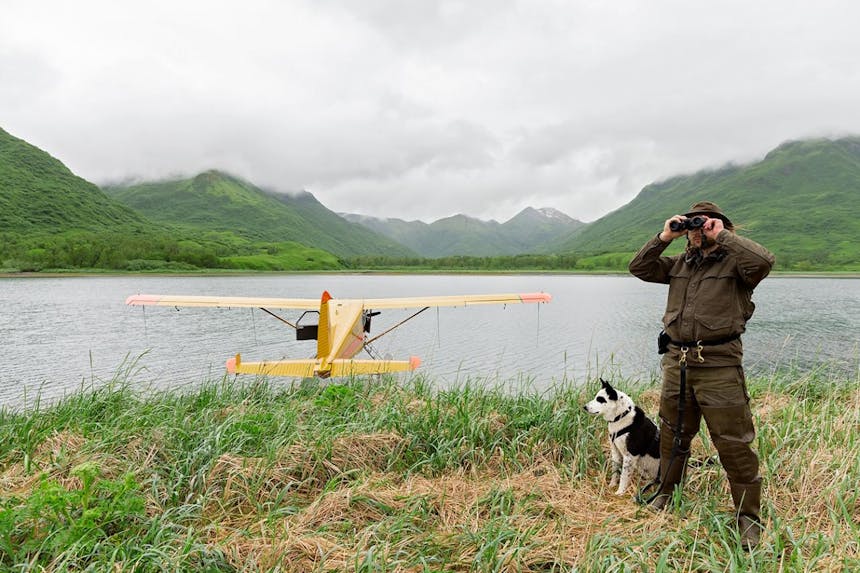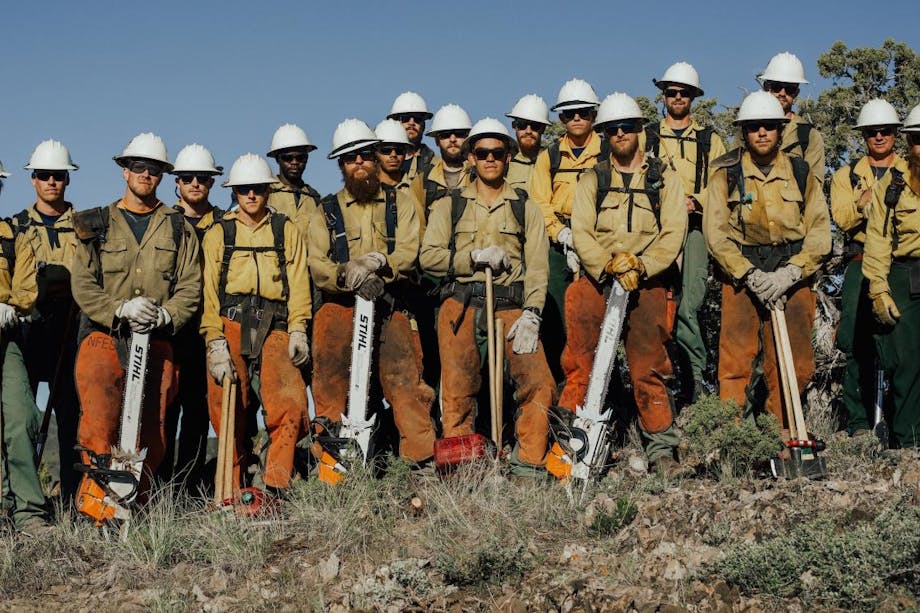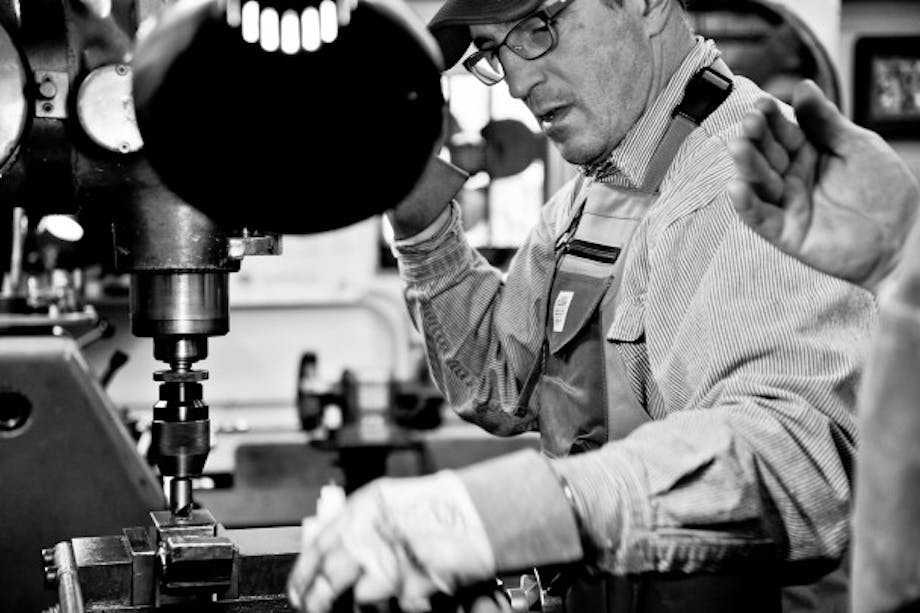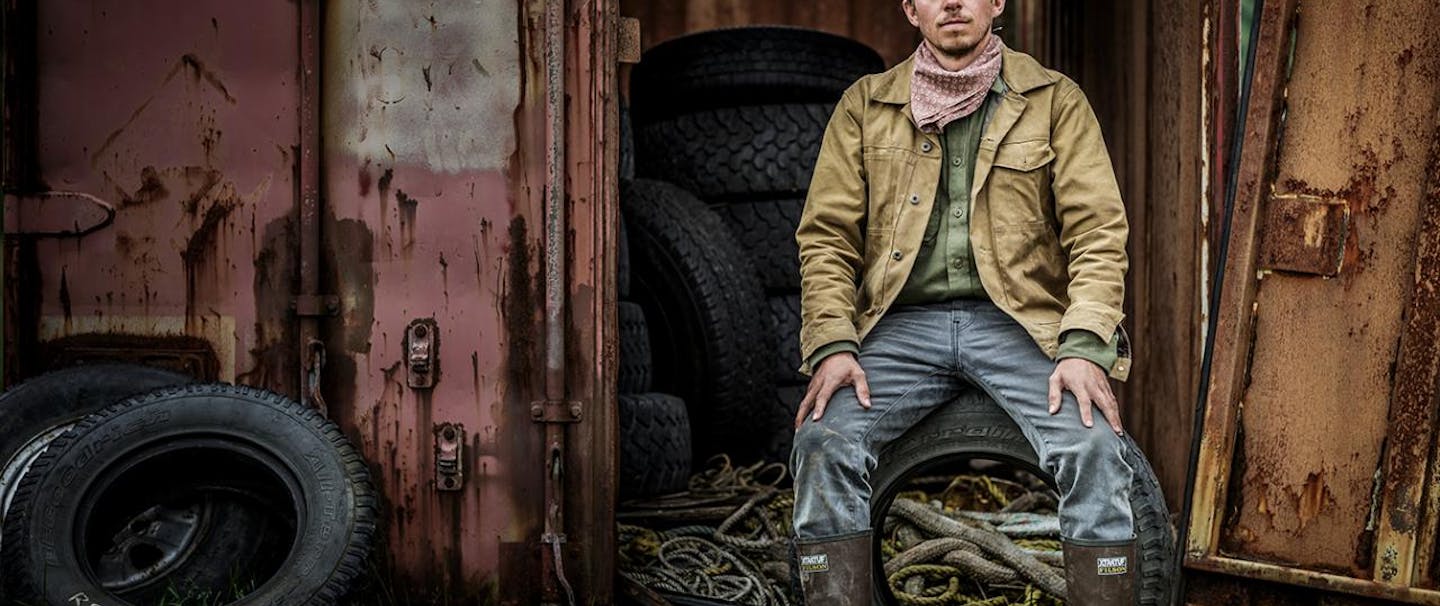Nils Pedersen is a bear biologist at the Wind River Bear Institute. Soledad, a 6-year-old Karelian Bear Dog, is always by his side. Together they work to resolve bear/human conflicts across North America, and are now pioneering the application of Wildlife Service Dogs for detecting polar and grizzly bear dens in the Arctic. Below, learn more about Soledad and how this ancient dog breed was chosen for bear-conflict work due to an innate hunting drive and unique ability to shepherd bears.
Soledad is a 6-year-old Karelian Bear Dog working as a Wildlife Service Dog for the Wind River Bear Institute. Born in Florence, MT, she was the only puppy born of her litter earning her the name “Soledad”, meaning “Solitude” in Spanish. Soledad began shepherding grizzly bears at 11 months of age and she has since worked successfully with all three species of North American bear; polar, brown, and black.
Soledad and Pedersen began working together when she was one year old. Soledad has had one litter of puppies some of whom have since begun shepherding bears in the western U.S., Alaska, and Japan. Soledad lives in Fairbanks, AK with Pedersen where they are working to help pioneer the application of Wildlife Service Dogs for detecting polar and grizzly bear dens in the Arctic.
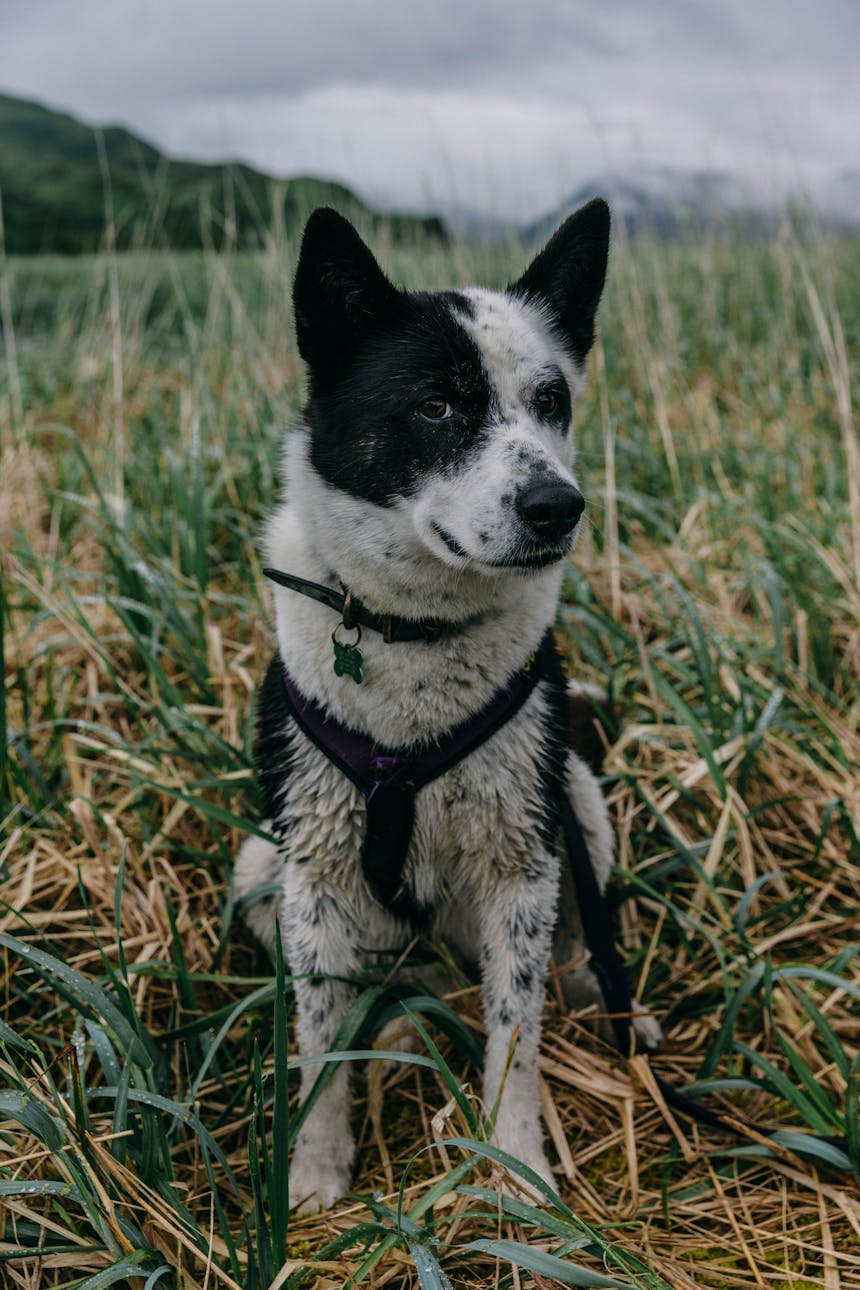
The Karelian Bear Dog (KBD) is an ancient breed of Scandinavian spitz that originates from a region of eastern Finland and western Russia known as Karelia. Traditionally, the KBD was an all-purpose dog with four main functions; to protect the home and family, to feed on local pests, to pull a sled or skier, and to hunt with you. KBDs were used mostly to hunt small game and moose, but it was known that select lines were brave enough to hunt brown bear.
The KBD became a breed in the 1940s when a variety of quality hunting dogs from the region were selected to create the breed based primarily on health and confirmation. Traditional knowledge states that only 20% of a KBD litter will make a good bear hunting dog so a bear-test and a selection process is necessary if the dog is to be used for bear hunting.

The Wind River Bear Institute launched their Wildlife Service Dog program in 1995 when Director Carrie Hunt introduced the use of KBDs to the world of bear conservation. Although this was the first time that KBDs were used in an official way to help conserve wildlife in North America, the principle had strong roots in tradition. Wind River KBDs come from bear hunting lines and bear-tests are performed with every litter of pups to select the bravest dogs for bear-conflict work.
It is the KBDs innate hunting drive and unique ability to shepherd a bear on the ground that is channeled to help wildlife agents work safely in potentially dangerous situations. These dogs work under the title “Wildlife Service Dog” and they function as a Wildlife K9-Unit; finding and alerting on the presence of bear, but also able to work with bears on the ground and shepherd them in a conflict situation. Within the breed standard, KBDs are forbidden to be aggressive towards humans and this makes them excellent dogs to be used for education. The same dog that shepherds bear can also visit with a school full of children and act as an ambassador for the animal kingdom, helping to bridge the gap between people and bear.
